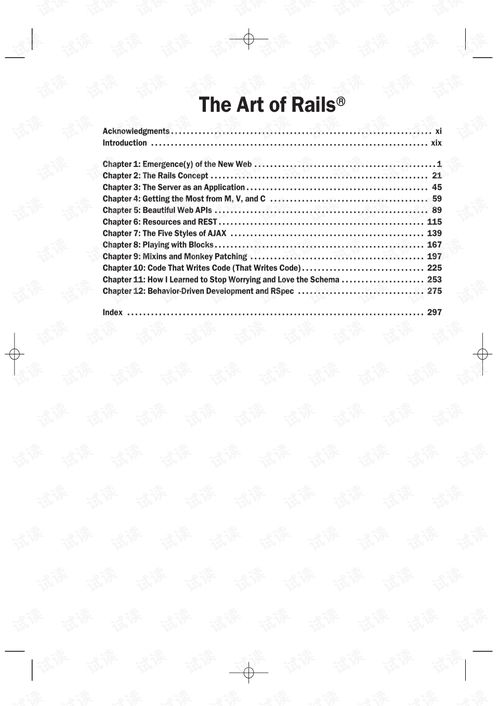Introduction:
Fishing is an art that requires patience, skill, and a deep understanding of the water and its inhabitants. One of the most critical steps in the fishing process is the act of "baiting," which involves setting up your trap to attract fish. Whether you're a seasoned angler or a beginner, mastering the techniques of baiting can significantly increase your chances of a successful catch. In this article, we will delve into the essential steps and tips to help you improve your baiting and fishing skills before setting up your trap.
Choose the Right Location:
The first and foremost step in successful fishing is selecting the right location. Here are some tips to help you identify the best spot:
- Research the Area: Before heading out, study the body of water you plan to fish. Look for areas with abundant food sources, such as weed beds, rocks, or drop-offs.
- Consider the Time of Year: Fish migrate and feed differently depending on the season. For example, during the summer, fish tend to seek cooler waters, while in the winter, they may be more active in shallower areas.
- Use a GPS or Map: Utilize GPS devices or maps to pinpoint potential hotspots in the lake or river you're targeting.
Select the Proper Bait:
The type of bait you choose can make or break your fishing experience. Here's how to select the right bait:
- Understand the Fish Species: Different fish species have varying preferences when it comes to bait. For instance, bass are attracted to live bait like worms or minnows, while catfish are more likely to be lured by stink bait or cut bait.
- Seasonal Bait Selection: Fish species' preferences can change with the seasons. During spawning season, for example, certain baits may be more effective.
- Local Knowledge: Ask local anglers or fishing guides for recommendations on the best baits for the area you're fishing.
Prepare Your Bait:
Once you've chosen your bait, it's essential to prepare it properly:
- Live Bait Handling: Keep live bait in a bait bucket with water and aeration to maintain their vitality. Handle them gently to avoid stress.
- Dead Bait Preparation: If you're using dead bait, ensure it's fresh and cut into pieces that are attractive to fish.
- Artificial Bait Rigging: Rig artificial lures correctly to mimic the natural movement of prey and increase your chances of a bite.
Assemble Your Equipment:
Before setting up your trap, ensure you have all the necessary equipment:
- Rod and Reel: Choose a rod and reel that match the type of fishing you're doing. For example, a spinning rod is ideal for bass fishing, while a baitcasting rod is better for larger fish.
- Line and Leader: Use the appropriate line strength and leader length for the fish you're targeting. Thicker lines may be necessary for larger fish or in heavy cover.
- Hooks and Sinkers: Select hooks that are the right size and strength for your bait and fish species. Sinkers should be heavy enough to keep your bait on the bottom but light enough not to spook fish.
Baiting Techniques:

Once you're ready to set up your trap, follow these baiting techniques:
- Distribute Bait Evenly: If you're using multiple hooks, place your bait evenly to avoid overcrowding and spooking fish.
- Adjust Bait Placement: Depending on the fish species, you may need to adjust the placement of your bait. For example, bass often strike at the tail end of a bait, while catfish may be more interested in the head.
- Monitor Bait Movement: Keep an eye on your bait to see how it's moving in the water. Adjust your rigging or retrieve technique if necessary.
Patience and Observation:
Finally, remember that fishing is a patient sport:
- Wait for Bites: Don't rush to cast or change your bait too quickly. Give fish time to discover and approach your trap.
- Observe the Water: Pay attention to the water's surface and behavior. Fish may exhibit certain movements or patterns that indicate their presence.
- Stay Calm: Remaining calm and focused can help you make better decisions and increase your chances of a successful catch.
Conclusion:
Mastering the art of baiting and fishing requires practice, knowledge, and a keen awareness of the water and its inhabitants. By following these essential steps and tips, you'll be well on your way to setting up a successful trap and reeling in a catch. Happy fishing!












